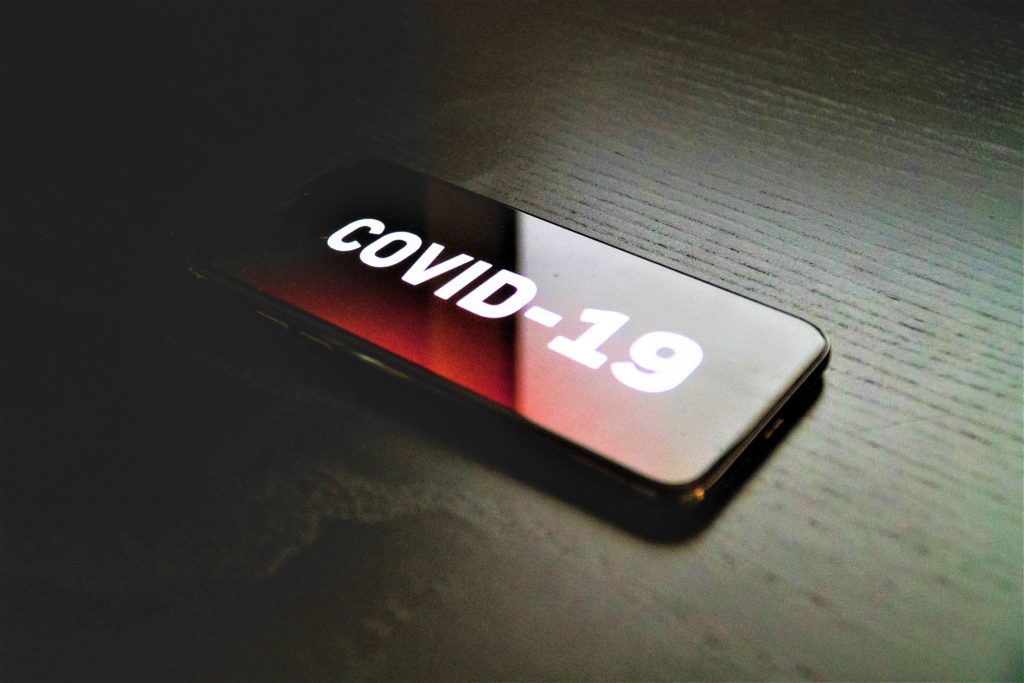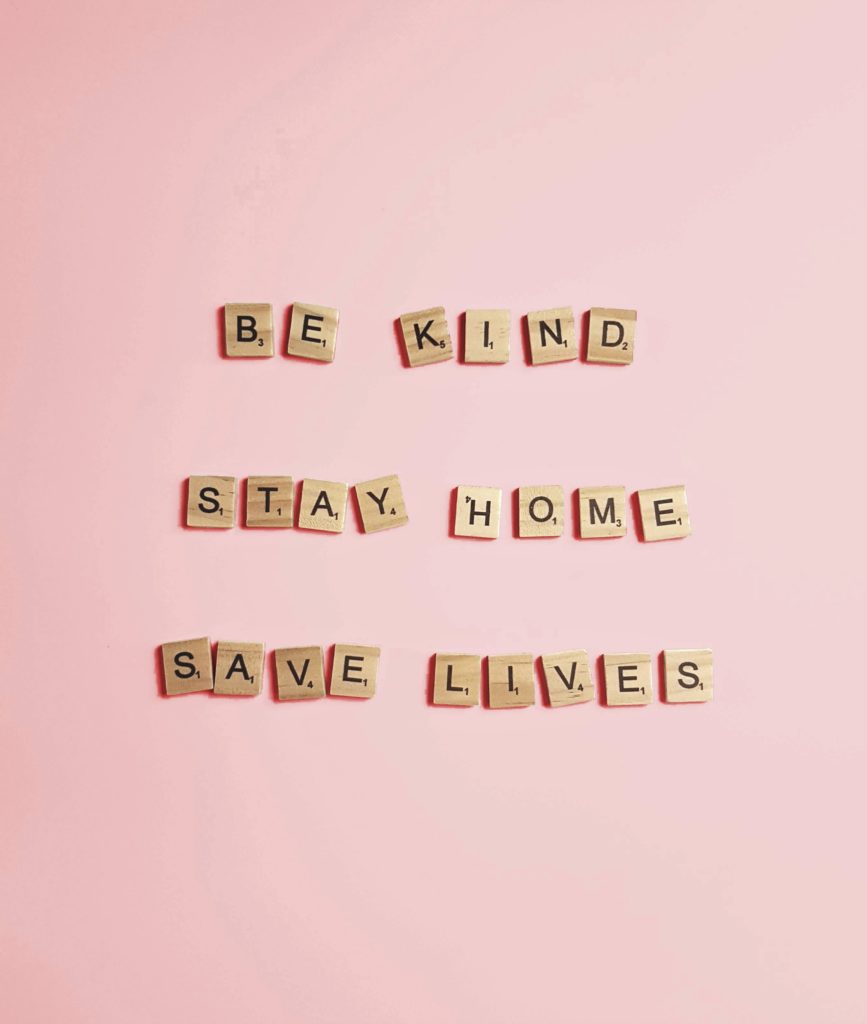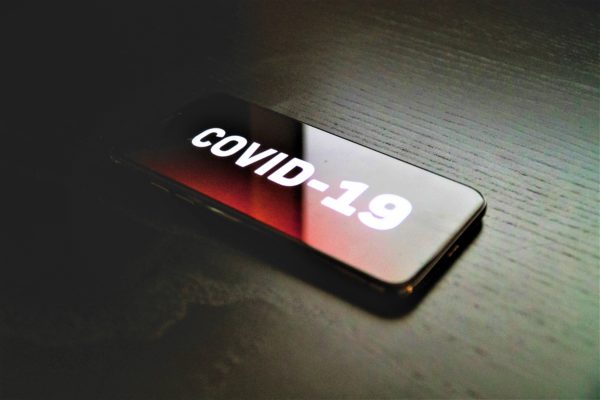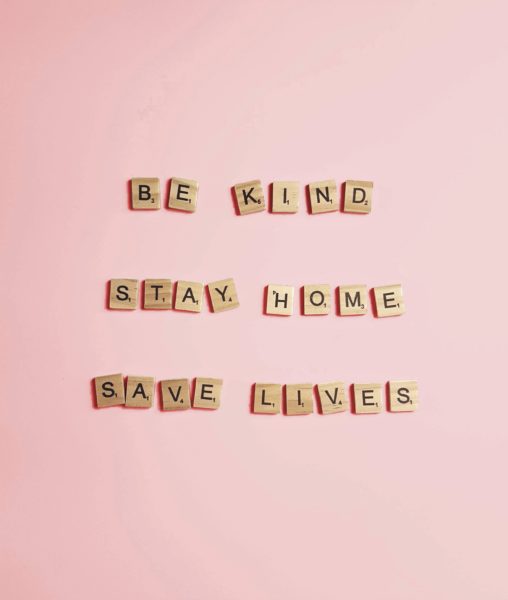Anonymity and data protection across national borders
The aim is to create an anonymous and privacy-protecting approach to digital contact tracking that is fully compliant with data protection laws. The Pan-European Privacy-Preserving Proximity Tracing (PEPP-PT) is intended to become a pan-European solution and help to quickly and effectively interrupt new transmission chains of the coronavirus by informing potentially exposed persons. Although there are national initiatives for such apps in many countries, effective containment of the pandemic can only work if chains of infection can be traced across national borders.
Therefore, another goal of the project is not only to create an app, but to enable the integration of this functionality into other apps to make them pan-European compatible. A standard is to be developed that enables the transfer of information in a legally compliant and transnational way.
In many Asian countries, many apps are already in use which warn users that they have come into contact with infected persons by means of automated messages on their smartphones. However, a great deal of personal data is collected in the process. PEPP-PT, on the other hand, is all about finding a protocol that serves the purpose of containing the infection and has the least intrusion on privacy.
South Korea, for example, is often portrayed as the shining example in corona prevention. But the corona app, which is used to track infection chains, is a disaster in terms of user privacy and data protection. In addition to GPS data, the app also uses surveillance cameras and even credit card data to track the paths of infected persons.
How does the PEPP-PT technology work?
Technically, the project is based on the well-known Bluetooth technology. Once the app is installed, the smartphone regularly sends an ID via Bluetooth, almost like a small mobile lighthouse. At the same time, the app listens to the ID signals of other users who are nearby. If two users are within range of each other, they exchange their IDs and store them locally in encrypted form.
An algorithm then checks whether the duration and length of contact is sufficient for a potential infection. If this is the case, the devices store the received numerical code on their local memory. If one of the two users falls ill with the coronavirus, his smartphone subsequently forwards and anonymizes the numerical codes of those users with whom he had contact during his incubation period to a central server. The system then warns the respective contact persons via smartphone notification of the possible infection and recommends preventive quarantine.
At no point in the process is the username or contact information stored. The anonymized numerical codes are sufficient to identify personal contacts of two users and to quickly warn affected contact persons of a potential infection.
Install the App?
In order to enable a seamless tracking of infection chains, as many users as possible must have the app. The developers assume that around 60 percent of the population would have to be reached for an effect to become apparent. Every person who owns a smartphone and does not install the app is a gap in the tracking process. So the app only makes sense when we all install it.
It is not only important to protect patients at risk. With an app, we can track especially younger people who are usually not directly considered a risk group. And if a young person knows thanks to such a technology that he or she has had contact with an infected person, he or she might reconsider whether it is absolutely necessary to leave the house now.
Once the app is released, everyone should decide to install it. Because, unlike in South Korea, the installation would be voluntary.
In all probability the app will be available within this week!



